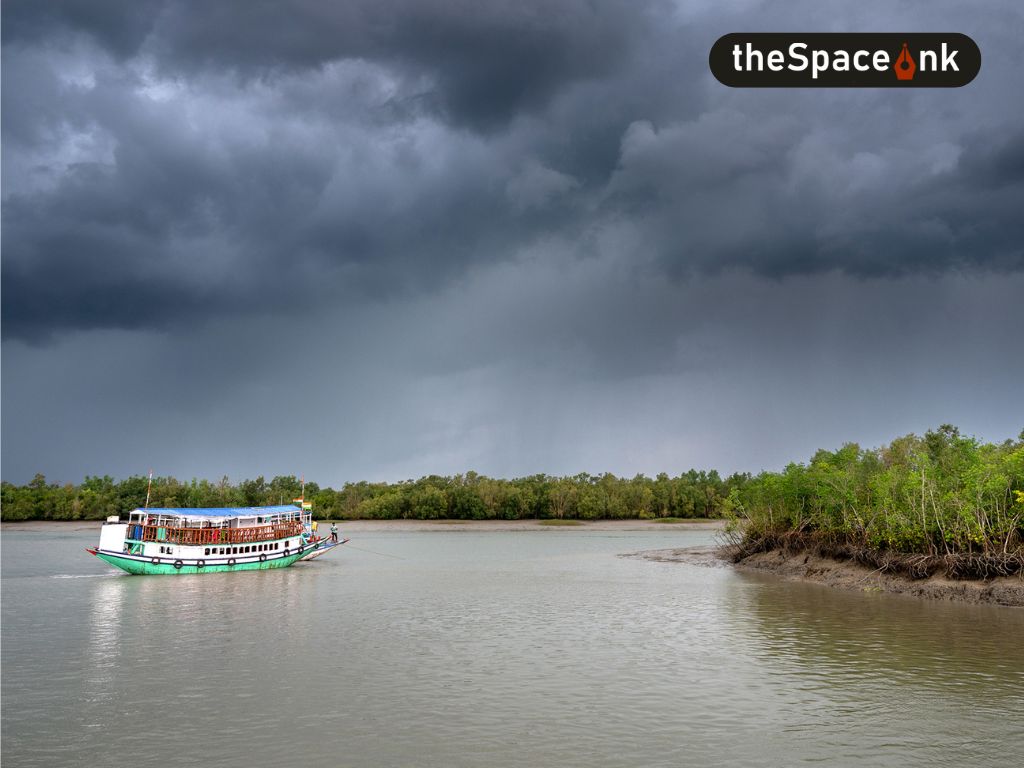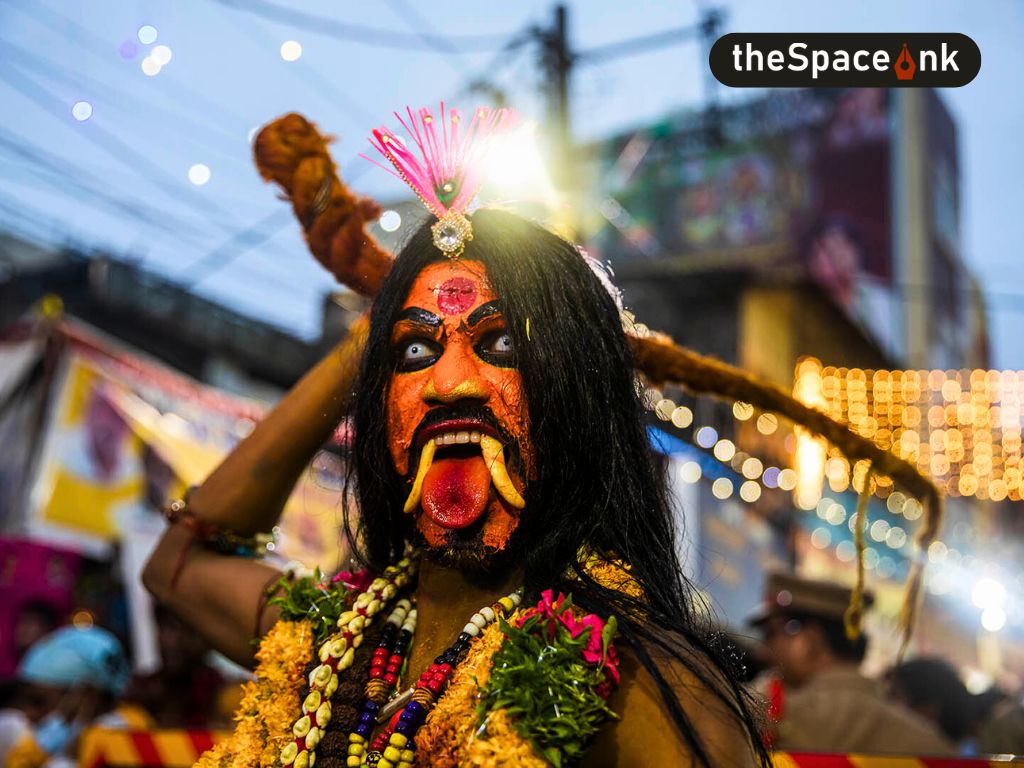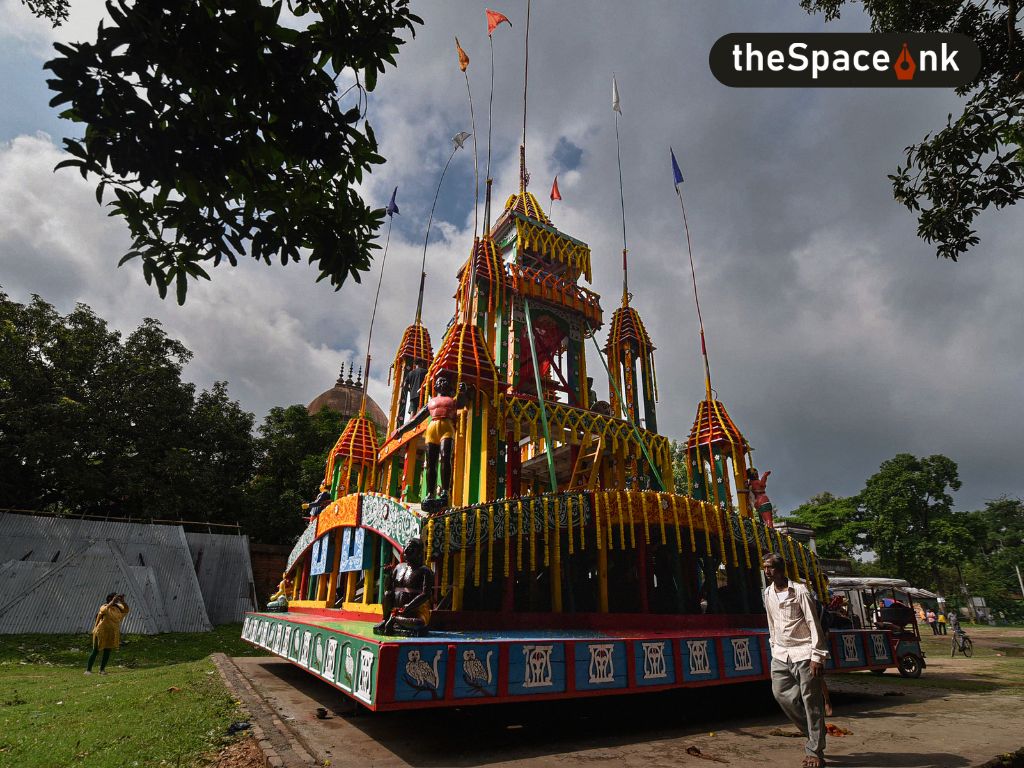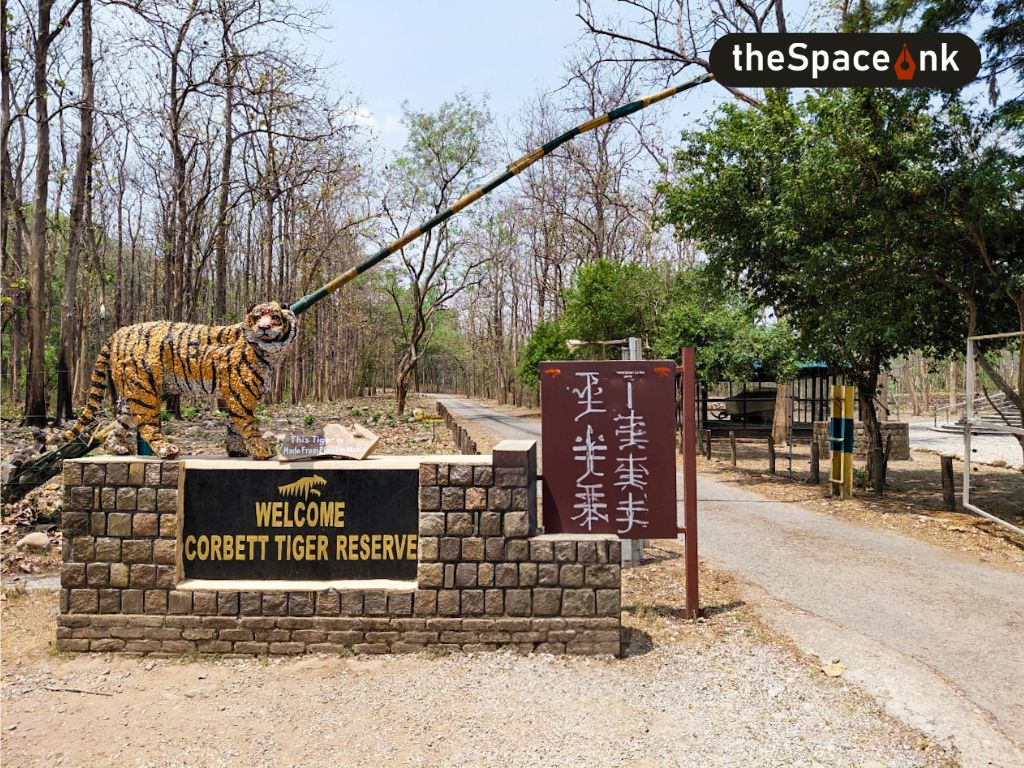The Sundarban National Park is a UNESCO World Heritage Site ( declared in 1987). It is a biosphere reserve, national park and tiger reserve with a rich mangrove ecosystem. It is a large delta spread across 40,000 sq. km between India and Bangladesh.
In 1875 under the Forest Act, 1865 (Act VIII of 1865) a large part of these forests were declared as “reserved”. It was declared a wildlife sanctuary in 1977 and established as a national park on 4th May, 1984. In 1978, Sundarbans was declared a national park, and in 1973, they were declared a tiger reserve under Project Tiger.
The name Sundarban is derived from Sundari trees, which are dominant in this mangrove area. Other trees are Golpati, Champa, Dhundul, Genwa and Hatal. The mangrove trees standing on the mudflats are visible during low tides, and submerged in high tide. To survive they have developed breathing roots, which grow upwards and remain above water level in high tides so that they can breathe. To replenish the decreasing number of Sundari trees, saplings of these trees are being planted.
The occupation of the local people are among others fishing, catching crabs and honey hunting. For this a part of their lives are spent on boats. They also grow paddy in suitable areas and are also engaged in household rearing of goats and sheep.
The Sundarban with its vegetation, flora and fauna makes it mysterious and eluding at the same time.
Ashok Kr Ghosh is a Gynecologist by profession. He is also a Mountaineer and Traveler and amateur photo artist. He is the recipient of several awards including Honourable Mention, Lalit Kala Academy Award, Excellence Honors from ‘Federation International de la Arte Photograhoque’.
Dr Ghosh is also a Naturalist specialising in Ornamental Floriculture and appears as Judge in horticulture exhibitions. His articles are frequently published in leading Bengali periodicals and magazines.





















8 Responses
Good write up. Thanks for sharing.
Thanks Boudhayan.
Thank you Boudhayan
Most informative!
Most informative…
Lovely images…I have been a co traveller in this case so had the privilege to learn from the Master
Prantik, it was nice to ne with you.
Thank you Boudhayan